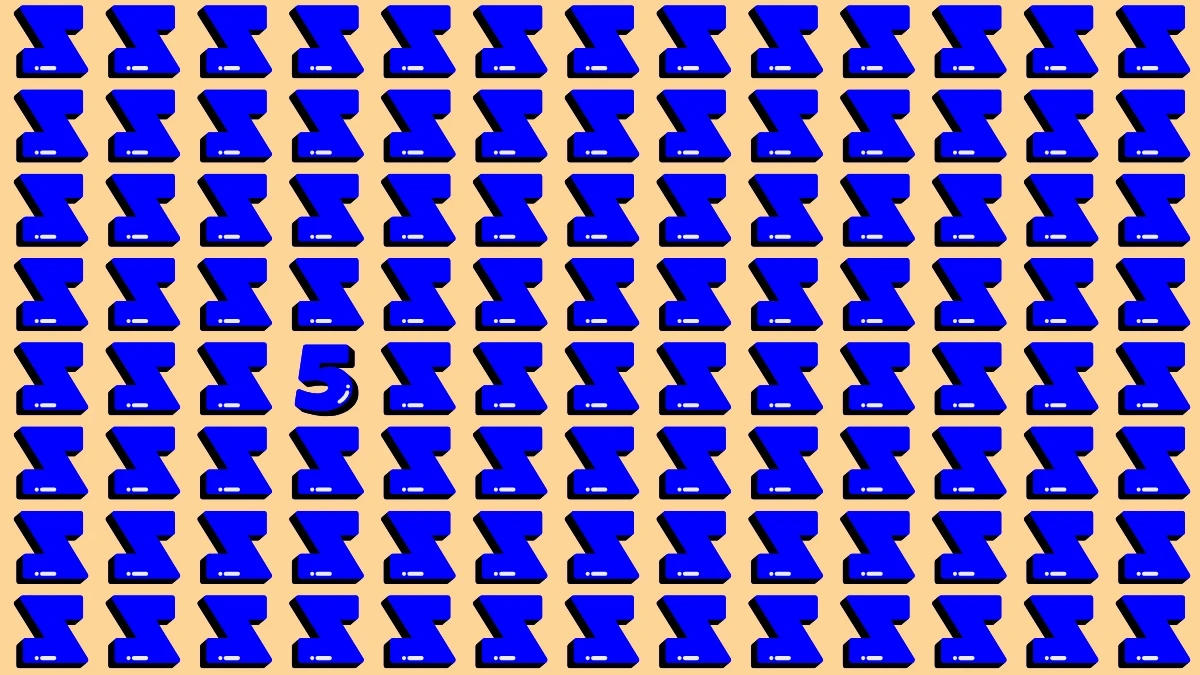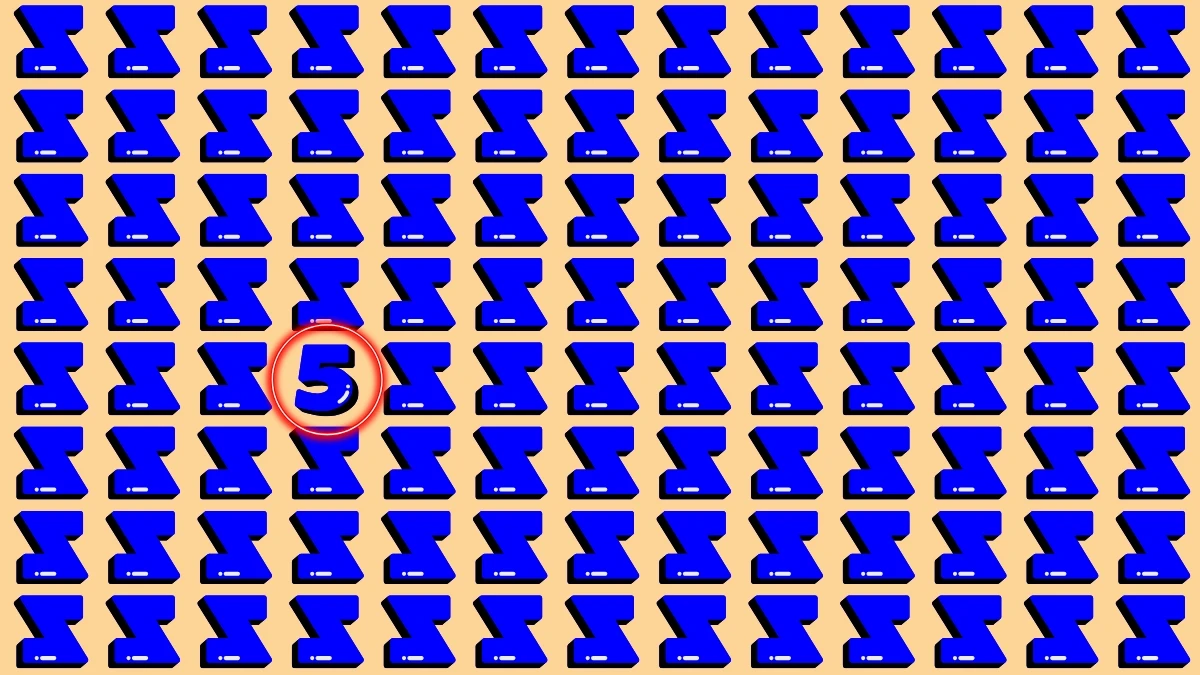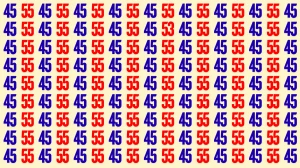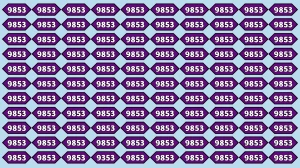Optical Illusion
An optical illusion is a visual phenomenon where the perception of an image differs from objective reality, tricking the brain into seeing something that isn’t actually there or seeing it differently than it is.
This occurs because the brain processes visual information using assumptions based on experience, lighting, perspective, and patterns.
As a result, it can misinterpret shapes, colors, or spatial relationships, leading to illusions such as moving images, impossible objects, or hidden figures.
Optical illusions reveal how our brain organizes visual data and help scientists understand how perception and vision work.
Optical Illusion: Within 5 Seconds Spot The Number 5 among Inverted Z
This optical illusion challenges viewers to spot the number "5" hidden among a grid of inverted "Z" shapes, testing both their attention to detail and visual discrimination. At first glance, all characters appear identical due to their consistent blue color, shape, and size.
However, the illusion works by blending the number "5" subtly within the pattern, making it nearly indistinguishable from the surrounding shapes. The viewer's brain tries to group similar elements quickly, often overlooking the outlier.
This type of illusion demonstrates how our perception is influenced by pattern recognition and how the brain can be momentarily tricked when something slightly different is camouflaged in a repetitive design.

Optical Illusion: Within 5 Seconds Spot The Number 5 among Inverted Z - Solution
In the solution to this optical illusion, the number 5 is cleverly hidden among a grid of inverted Z shapes, designed to confuse the viewer's pattern recognition.
All the characters are blue and of identical size and style, making the number blend almost seamlessly with the surrounding letters.
However, upon closer inspection or with a hint you can spot the 5 in the fifth row from the top and fourth column from the left, now clearly marked with a red circle in the solution image.
This illusion demonstrates how visual similarity can mask subtle differences, highlighting the way our brain often prioritizes speed over accuracy when scanning repetitive patterns.






